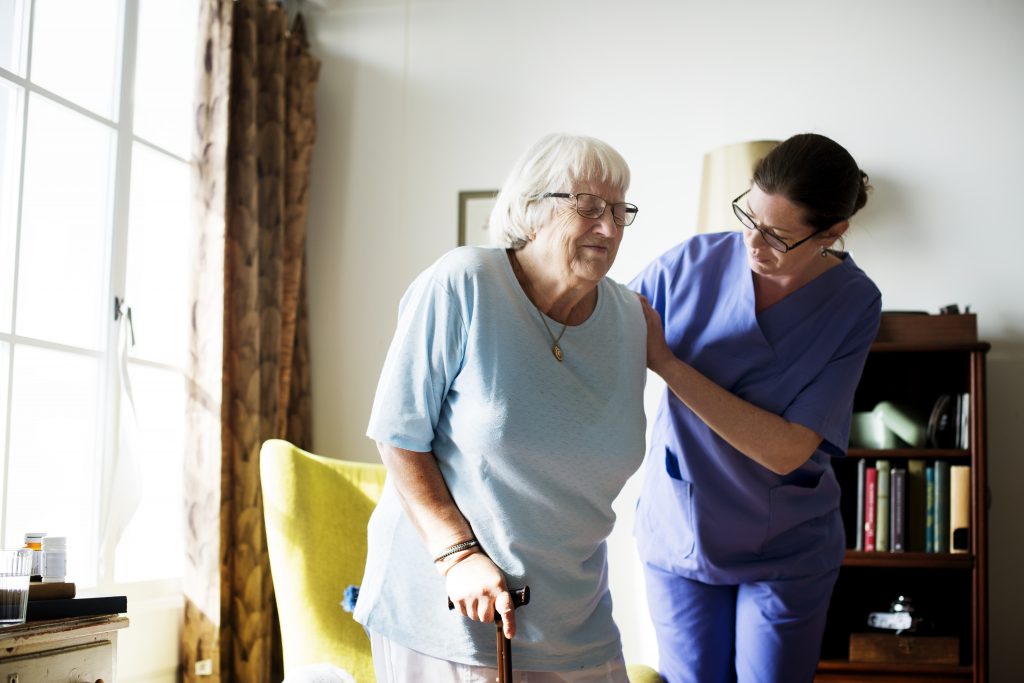Low-impact exercises are a great way to stay physically healthy and provide benefits to your health. In particular, low-impact exercises are a great way to elevate your heart rate while reducing the risk of injury.
Low-impact exercises are easy on the body as one foot remains on the floor throughout the workout. As long as you have a recommendation from your GP to partake in regular exercise, incorporating a routine of low-impact exercises can help to reduce stress, improve muscle strength, lower blood pressure and prevent injuries.
The benefits of low-impact exercises
As low-impact exercises are not hard on the body, they are especially beneficial for those suffering from pain or problems with their joints, bones or connective tissues.
In addition, the NHS identifies a lack of regular physical activity can put you at risk of heart disease, type 2 diabetes, or becoming overweight; all of which are linked to a risk of dementia.
So, by staying active with at least 30 minutes of exercise, 5 times a week. You can reduce your risk of developing some diseases, improve wellbeing, prevent falls from an improvement of muscular strength and help maintain independence.
Exercising also releases endorphins, which can help with sleep, stress and make you feel more energetic overall.
Top low-impact exercises
As you begin a routine of gentle exercise, it’s important to choose workouts that you enjoy. Here are some great low-impact activities to get involved in:
Swimming
Ideal for those in pain as the buoyancy of the water puts less stress on the bones and joints. Providing a no-impact workout. A gentle swim or water aerobics class is a great way to elevate the heart rate without putting a strain on the body.
Walking
Is great as it doesn’t require any special equipment or memberships. With a comfortable pair of shoes and the local park, you can work up a brisk pace. You can also gradually work up your stamina by starting with a small walk, and increasing the time as you feel stronger.
Yoga
Can help to improve strength, balance, flexibility and core muscle strength. All of which are crucial for coordination and stability. Start with basic movements and breathing exercises that can also boost your mood.
Sitting exercises
Another great workout can be achieved while sitting, through a range of limb raises and stretches you can build muscle, keep the joints moving and increase blood circulation.
If you’re looking for support with a low-impact exercise routine, we can help! We can take you out of the house, take a visit to the garden centre or even go for a walk around the local park together. Our carers are locals so know all the best locations. We want you to live well and continue to do the things you love doing or even start new adventures with a little extra support.
Get in touch and have a chat with one of our friendly members of the team!


